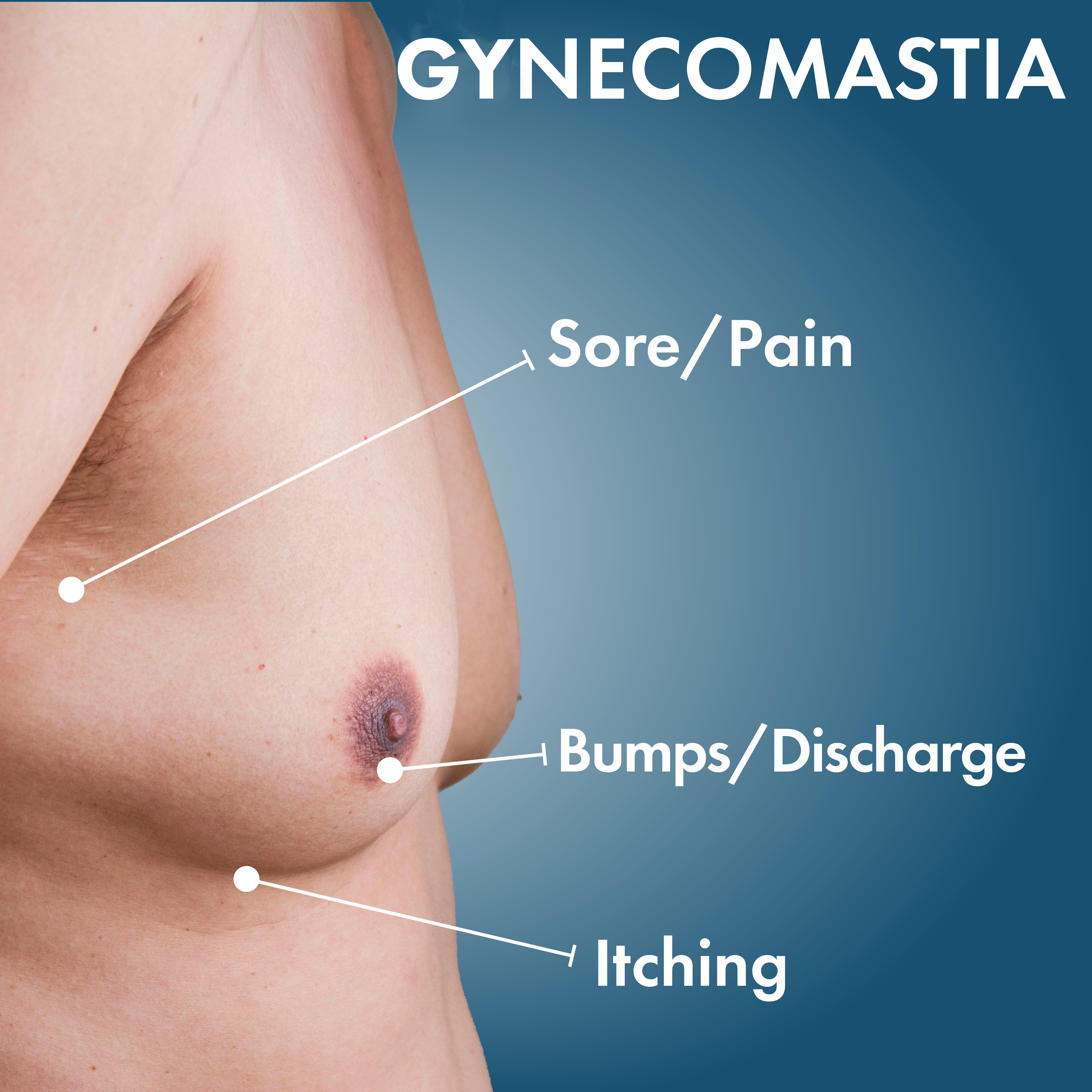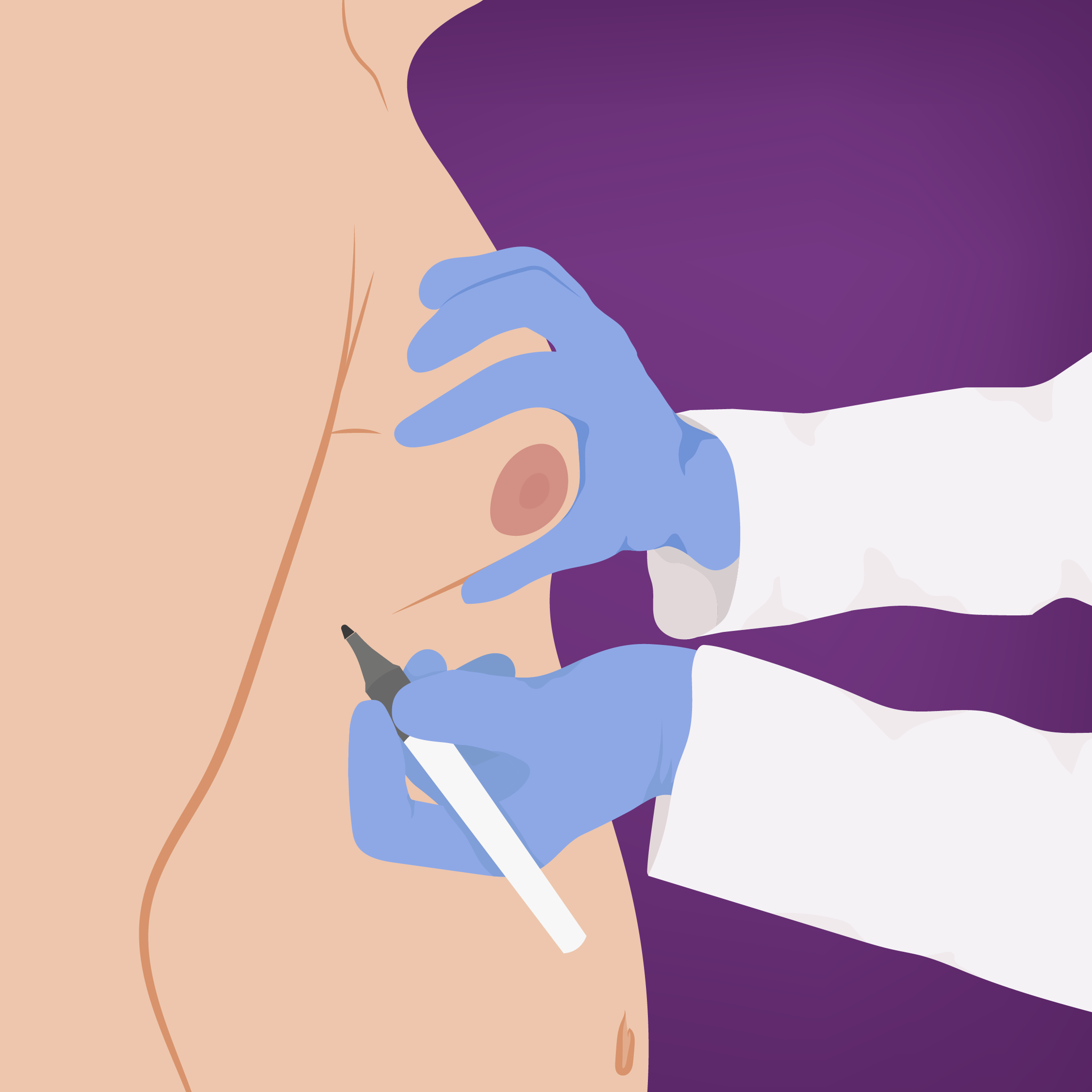A Complete Guide to Gynecomastia
What You Should Know About Gynecomastia
Men who have gynecomastia, also known as man boobs, may experience low self-esteem due to their enlarged breasts. Gynecomastia can be restricting and embarrassing, whether it appears as a small lump under one or both nipples or as larger-than-normal breasts. Weight loss can be beneficial, but not always. Gynecomastia can be treated with a surgical procedure called a reduction mammoplasty.
Increased male breast volume is referred to as gynecomastia. This condition most frequently manifests during times of hormonal change, such as childbirth, adolescence, and old age.


This condition can be brought on by medical conditions like liver failure, kidney failure, obesity, steroid use, and other pharmacologic agents. But these peculiar causes account for many gynecomastia cases.
When a boy or man has gynecomastia, the glandular tissue in their breasts enlarges. In cases of other types of gynecomastia, such as gynecomastia caused by drugs or chemicals, male breasts might not go away on their own.
Male breast reduction, on the other hand, can be an excellent way to successfully remove surplus fat and glandular tissue while creating a flatter appearance for the chest.
Why Should You Get Surgery to Treat Gynecomastia?
Besides treating male breasts, male breast reduction may also be used to treat swollen, enlarged, or puffy nipples, allowing patients to live their lives to the fullest without worrying about having male breasts. Gynecomastia surgery is the best method for removing male breasts. After a male breast reduction procedure, your chest will be flatter and more sculpted.
Gynecomastia surgery uses techniques like surgical removal and liposuction, depending on your unique situation, to produce more masculine chest contours. Our talented plastic surgeons carefully place small incisions to reduce the amount of post-surgical scarring as much as possible.


Male breast reduction surgery is an effective way to permanently remove enlarged male breasts. When performed by a qualified gynecomastia surgeon, various procedures are used to treat the various types of gynecomastia.
The purpose of surgery is to flatten and give the chest more masculine-looking contours. Fatty tissue is removed with liposuction, and breast tissue is carefully excised. If there is any loose skin, it will also be tightened.
Are There Different Types of Gynecomastia?
Normal
Gynecomastia is regarded as normal in men over 65 and in adolescents between the ages of 12 and 15. The condition will typically disappear on its own in one to two years.
Adult
Adult gynecomastia is the most prevalent type in adults. The glandular tissue has fat deposits in this condition. As soon as a diagnosis is made, a doctor may advise surgery.
Glandular
Bodybuilders who abuse steroids frequently experience glandular gynecomastia. Gynecomastia of this nature can only be surgically treated.
Adolescent
There is evidence that adolescent gynecomastia may be inherited. In boys between the ages of 9 and 14, this condition is likely to affect one-third to one-half of them. The gyno will typically go away on its own as the boy matures into an adult.
If gynecomastia continues past the age of 18, surgery might be an option. Before the boy reaches adulthood, the extra tissue may be surgically removed, but only on the recommendation of a doctor and a child development specialist.
Asymmetric
This condition, known as unilateral gynecomastia, can have varying degrees of impact on either one breast or both breasts. When one breast appears to be larger than the other, this type of gynecomastia is typically simple to self-diagnose. Asymmetric gynecomastia is most frequently treated surgically.
Severe
The breasts are significantly enlarged, and the skin is sagging with this type of gynecomastia. Most men who develop this kind of gynecomastia are obese or overweight, as well as older men with less elastic skin. Surgery is typically recommended for patients.
Pseudo
Adipose tissue alone, as opposed to glandular tissue, causes pseudo-gynecomastia. The condition can usually be treated with dietary changes. Some medical professionals might advise surgery.
Gynecomastia Recovery Process
Similar to liposuction recovery, gynecomastia recovery typically lasts a week. The body starts to heal after the first four days of swelling. Most patients return to normal after a month.
Men should gradually increase their physical activity to ensure that their progress is pain-free. Although you might feel better, your body still needs to recover. Any physical activity should be discussed with your doctor before beginning.
Things You Need to Consider When Choosing a Surgeon
You need to know about your surgeon before getting any type of procedure. Knowing their certifications, years of experience, and if the surgeon can answer any questions you may have. Taking these factors into consideration you can be assured that your procedure will be safe, and you will be satisfied with the outcome.
Select a Surgeon with Experience, Particularly in the Desired Procedure.
Each cosmetic surgeon will have different skills because there are so many different cosmetic surgery specialties.
Certifications Mean Everything
Many prospective patients mistakenly believe that a surgeon is only Board-certified if they work in clinics and can perform the procedure they advertise. Before scheduling a consultation, do your research and confirm that the surgeon you want to work with is Board-certified.
Select the surgeon and support staff that you feel most comfortable with.
The fact that a plastic surgeon is “the best” does not give him the right to stress you out or make you feel uncomfortable.
Questions to Prepare for Your Surgeon
Before your initial consultation, you must prepare several questions. Most surgeons will typically provide you with the details you require before even posing questions.

Maintain An Open Line of Communication
Deciding on plastic surgery will be simpler if you are informed about your surgeon. Ensure that communication between you and your plastic surgeon is honest and open.
When looking for a surgeon, be sure to look for one who is Board-certified and specializes in gynecomastia surgery or male reduction surgery, such as Dr. Castañeda, who is Board-certified in both Mexico and the USA. It’s crucial to stay in touch with your surgeon and keep an eye on your weight gain if you want to stop the fat from coming back.
Price vs. Quality: What You Pay for Is What You Get
It doesn’t necessarily follow that a plastic surgeon’s work will be of the highest caliber just because they charge absurdly low procedure fees. With plastic surgery, you do “get what you pay for.” Consider the source of the surgery rather than just the cost. Is the surgeon’s work of a high standard? Are they Board-certified? Do they have happy customers?
Accepting a deal from a subpar surgeon can lead to poor results or health issues. Make sure your plastic surgeon is both reasonably priced and reputable by doing your research.
Ready to Find Out More?
To schedule a Mexico gynecomastia surgery consultation with a discrete VIDA plastic surgeon so you can stop feeling embarrassed about your gynecomastia, contact VIDA Wellness and Beauty by calling (619) 738-2144 (toll free) now.